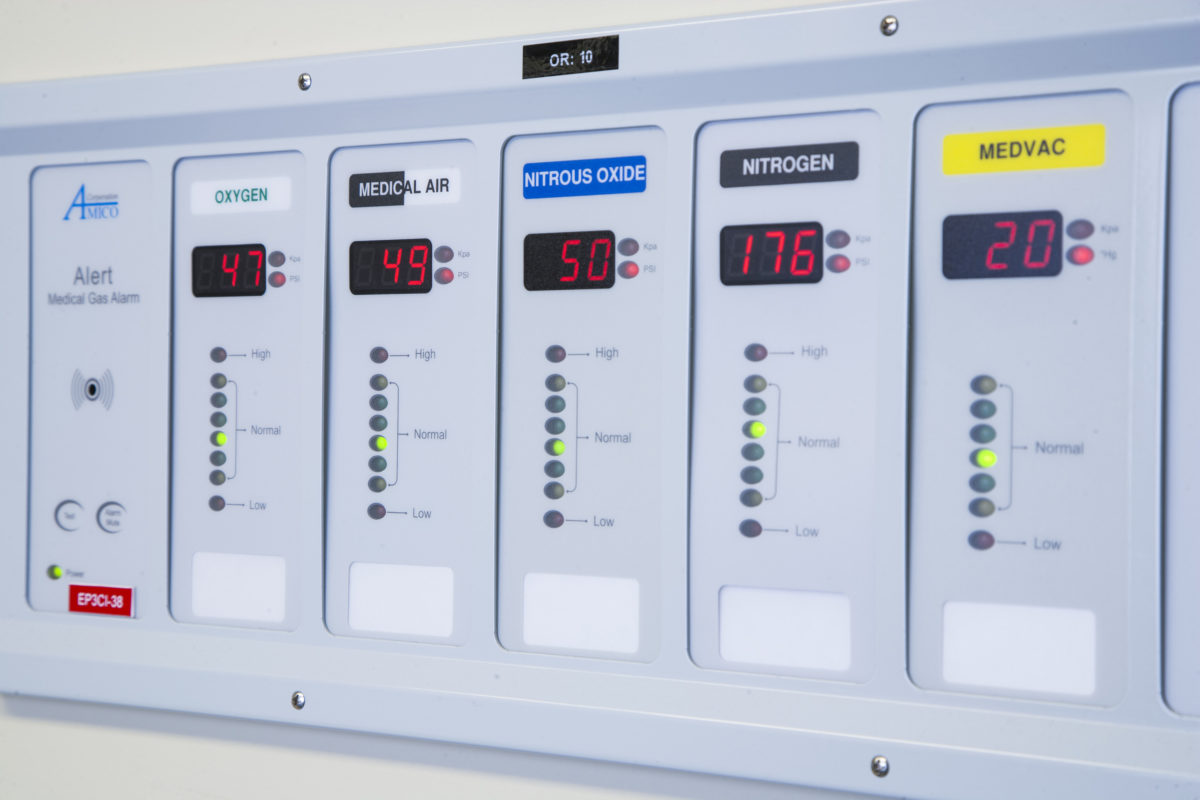In the famous words of Benjamin Franklin “By failing to prepare, you are preparing to fail.” Forensic Expert Lee Neubecker and Kari Rollins with Sheppard Mullin agree with our Founding Father and warn that a data breach is inevitable, don’t fail to be prepared!
In her practice, Kari focuses on data privacy, data security and data breach preparedness. Together, they discuss two basic strategies to help you prepare for a data breach; understanding what data you have, where that data resides. Check out our video with transcripts to learn more on how to prepare for a data breach.
Part 2 of our 3-Part Series on Data Breach
The Video Transcripts of How to Prepare for a Data Breach Follows
Lee Neubecker: Hi, I’m back on the show again with Kari Rollins. Thanks for coming back again.
LN: We’re continuing our discussion about the Sedona Conference Data Incident Response Guide and some of the best practices of how to prepare for the inevitable data breach and what you should be doing beforehand. So Kari, can you tell me what some of the things are that you advise your clients to do in anticipation of a potential issue?
KR: Sure, and I think planning, in our view, is just as important as the actual response itself and how you investigate. And in the Sedona Response Guide, we’ve pulled together some suggestions for sort of two elements of planning. One is the more technical, understanding what data you have, where that data resides, what your network systems are so that when you do have an incident, and you have to understand what information may have been impacted, to understand whether you have a legal obligation to notify, you have a better understanding and a better map of what those systems are and the information they hold. And a lot of times, using not just counsel and conducting that analysis, but using third party forensic firms to come in and help with that data mapping process is a really important step in getting prepared to understand where are all of the jewels of the company lying within the systems to know what the type of critical impact could be if one of those systems is hit.
LN: And some of the problems I’ve seen is, oftentimes the documents that are distributed and given to legally become outdated, so this is something really that organizations should be periodically updating their network data map and actually using either consultants or tools to help them map out what devices exist on their network.
KR: Right, exactly. And to that point, too, understanding what contracts with those vendors control here. Especially in the event, you have an incident that impacts the system that is managed by a vendor, do you know what information is being controlled by that vendor, and how you all are going to liaise when that incident occurs, who’s going to take control, what the contractual obligations are? Because vendor management is a hot-button issue these days. The FCC itself just came down with a number of guidelines and best practices for vendor management, so being prepared in that sense, knowing where your data is, who your vendors are, who controls it is really important.
LN: Exactly, and I can’t stress enough, it’s important, too, that companies have offline backups of their data because if you have a storage mass go down suddenly, if your company doesn’t have offline documents that describe what the drive geometry for that raid array is, the ability to recover the data becomes compromised and if a hacker gets in and takes out a storage network and the documentation for how to rebuild that storage network is on that drive, that could cause a real problem.
KR: Absolutely.
LN: Do you see that this guide is applicable to companies that are concerned about cryptolocker type malware as well?
KR: Sure, I think this Incident Response Guide can help guide companies through any type of incident, whether it’s a ransomware attack, where their information is being withheld from them, whether for ransom or for other purposes, it could just be useful in investigating the so often seen phishing attacks that seek to attack the email accounts of employees and then further perpetrate other credential harvesting schemes. So it’s useful in the sense that it helps companies prepare for any of those types of attacks. And it does so by helping them with the data mapping, giving them some guidelines on that front. And then also helping them to craft an incident response plan, which I think it’s just as you were talking about, being prepared here with an incident response plan is also the other critical component of preparation and it’s not a one-size-fits-all for the companies. You can’t just, there aren’t these stock-standard off-the-shelf policies that you can then apply because each company has different data systems, and different requirements, and different teams. But this guide provides you with resources and guideposts for how you build that plan that makes sense in the context of your company.
LN: Exactly, and depending on where the company operates, if they operate in Illinois, they might be subject to BIPA, the Illinois Biometric Information Protection Act, which has a whole host of unique requirements. So in our next segment, we’ll be talking more about what should be done after a data incident arises. Just because it’s an incident, does not mean it’s a data breach, but there are certain things you want to do, like have your team in place beforehand. But before we leave, what are your recommendations and what does Sedona say about forming a team to be able to respond in advance of an incident?
KR: I think that is probably one of the most critical elements of an incident response plan is really just knowing who your team is going to be. Who are the individuals that you are going to call when an incident occurs and building that team, it’s important to have the right buy-in? Legal, of course, is extremely important because you want to be able to conduct the investigation under privilege, and in a fashion that gets the facts to your legal counsel in a timely and expedient manner so that you can understand the point at which you have information that suggests you’ve had a breach as defined by law. Because the point at which you learn you’ve had a breach is defined by law as to when your clock starts ticking for notification and that’s in some jurisdictions, that’s a really tight turnaround. So in the incident response plan, in the Sedona Conference Instant Response Guide, we talk about having that team. Having the information security teams, knowing who your third-party experts are going to be if you need third party support to come in and investigate, knowing who your crisis management team from a PR perspective would be. So having all of those individuals listed, with the contact information in the back of your plan so you know who to call, sort of the Ghostbusters, but the privacy busters of an incident, who are you going to call when you get an incident. So I think that’s most important because having the right people mobilized is going to save you time in the end.
LN: It’s important, too, that especially with your forensic experts, you want to make sure you’re working with experienced people that understand the sensitivity around email because as you investigate incidents, your initial impression of what happened or what is going on might change as you learn new information, so it’s important not to begin with the word data breach when you don’t know if it’s a true data breach. Because sometimes, an organization has a security incident but there’s no proof that any data actually exfiltrated or that it was used in any way, so that’s part of at least during that response that we’ll talk about next, those are part of the issues that need to be investigated, but being sensitive to that and making sure that privilege is in place and communications is definitely important.
KR: Yeah, exactly.
LN: Well, thanks and tune in to our next segment where we talk about what to do after the inevitable data breach.
KR: Right.
View Part 1 of our 3-Part Series on Data Breach
Related Articles on How to Prepare for a Data Breach
Prepare for a Data Breach, Secure Your Supply Chain
Learn More About How to Prepare for a Data Breach. Check out Kari Rollins
https://www.sheppardmullin.com/krollins
More About Sedona Conference Data Breach Guide
https://thesedonaconference.org/search/node/data%20breach%20guide










